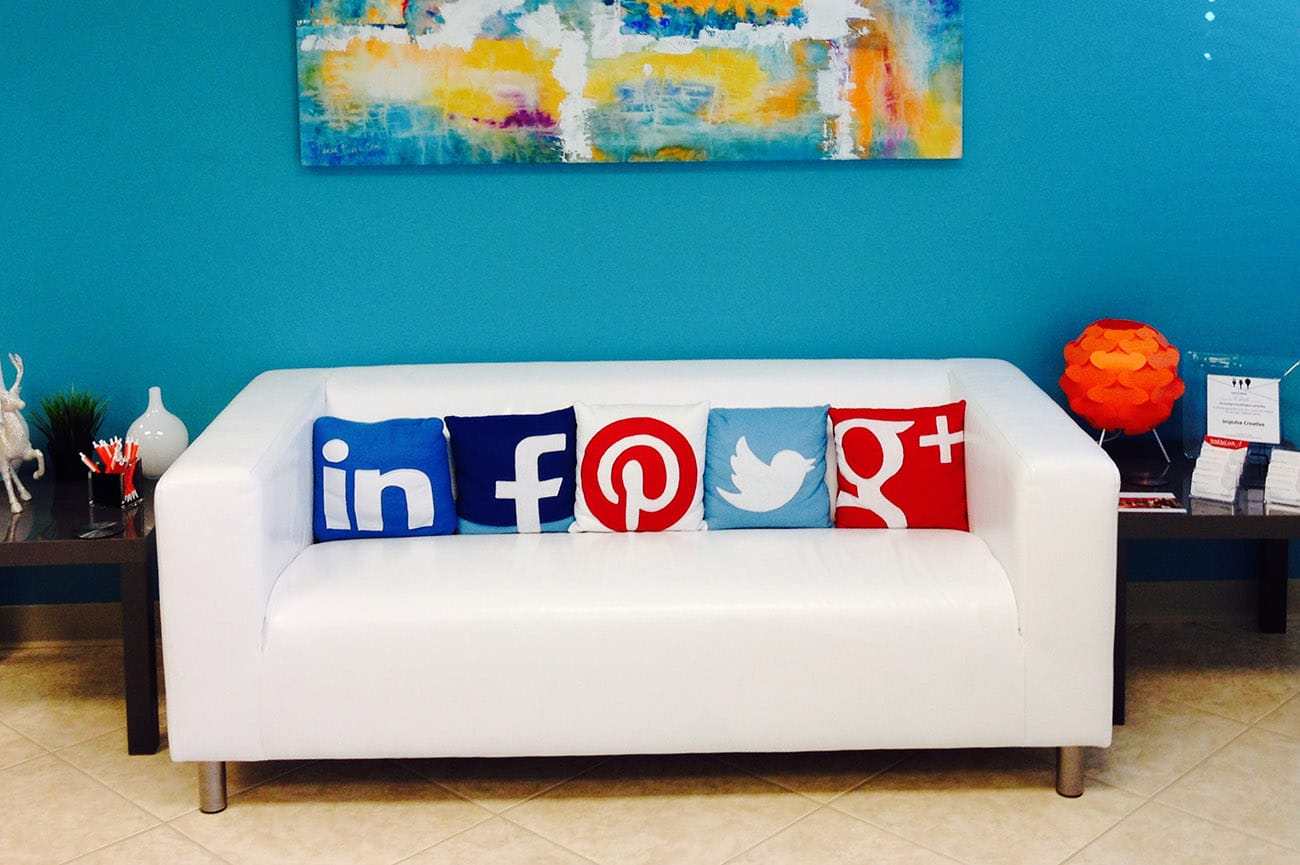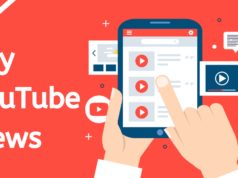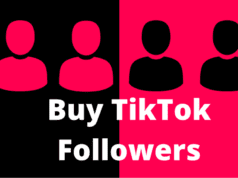
Social media marketing is becoming more important to small businesses every day. In 2015, according to statistics from Shareaholic, social media drives almost one-third (31 percent) of visits to websites. But with social media changing all the time, it can be hard to stay on top of what’s new. To help make sure you’re in the know, here are some recent social media stats, trends and tools you should know about.
Social Media Users
- Facebook still rules: Almost three-fourths (72 percent) of online adults, or 62 percent of all American adults, use Facebook, according to Pew Seven in 10 Facebook users log on daily, and 43 percent do so several times a day. Age breakdown? 82 percent of online adults ages 18 to 29 use Facebook, 79 percent of those ages 30 to 49 use Facebook, 64 percent of those ages 50 to 64 use Facebook, and nearly half (48 percent) of those 65 and older use it.
- Pinterest is on the rise: Since Pew Research first started tracking social media use in 2012, the percentage of online adults using Pinterest has doubled. Thirty-one percent of online adults use Pinterest; 27 percent of those use it daily. Women and people under 50 dominate the site: 44 percent of online women use Pinterest, compared to just 16 percent of online men.
- Instagram’s growing and so is engagement: Instagram has higher engagement than Pinterest. Twenty-eight percent of online adults use Instagram; 59 percent of those use it daily. Instagram is very popular with non-whites and young adults: 55 percent of online adults ages 18 to 29 use Instagram. So do 47 percent of African Americans and 38 percent of Hispanics.
- LinkedIn’s growing slowly, but significantly: Today, one-fourth of online adults use LinkedIn; 22 percent of those visit it daily. LinkedIn is most popular among college graduates, upscale households and people of working age; it’s the only social site that has more 30- to 49-year-old users than 18- to 29-year-olds.
- Twitter’s holding steady: Twitter’s currently used by 23 percent of online adults, a figure that hasn’t changed since last year. It’s most popular with urban residents (30 percent of whom use it) and people under 50 (30 percent of them use it, compared to just 11 percent of those age 50 and up).
Facebook Updates
6. Facebook is adding new sections to Pages enabling businesses to feature the most relevant info at the top of their Page. The new Shop section and Services section enable retailers and service businesses, respectively, to showcase their key products and services at the top of the page.
7. Facebook also lets you add a call to action button to your Page hat will take users directly to a sign-up, shopping or scheduling page. This button will take users directly to the step in your conversion funnel where they’re most likely to act.
8. Facebook is also adding a “Send Message” call-to-action button that allows followers to start private conversations with business Pages directly from News Feed ads. Users just click on the “Send Message” button in an ad and Facebook Messenger opens up so they can message the business. These messages include an attachment that shows that ad prompted the message, so businesses can track results.
9. Facebook’s recently added Mobile Product Ad Carousel allows you to add multiple images and calls to action to one Facebook ad.
Instagram Ads
10. Instagram recently announced it will open up its advertising, which was formerly only available to selected companies, to any company. You can use the “self-serve” option to post image-based or video-based ads (up to 30 seconds long), and can choose from five different calls-to-action. So far, Instagram ads only show up on mobile devices. They look almost like a regular post except for a “sponsored” label at the top.
Selling on Social Media
11. Going one step beyond advertising, Google has launched its buy feature, “Purchases on Google,” to make it easier to sell products from mobile search ads. When users click on ads with “Buy on Google” text, they go to a page branded with the company’s brand, but hosted by Google, to complete the purchase using payment methods stored in their Google account.
12. Meanwhile, Twitter is using a new feature from online payment company Stripe that makes it easier to sell products via tweets. Stripe’s “Relay” feature lets you include a buy button in a tweet, and users can click on the button to buy the product directly within the Twitter app.
13. And, of course, we wrote recently about the launch of Buyable Pins on Pinterest; check out that post to learn more about Buyable Pins and how to use them.
—
Article written by Maria Valdez Haubrich for Web.com. Re-published with permission.








